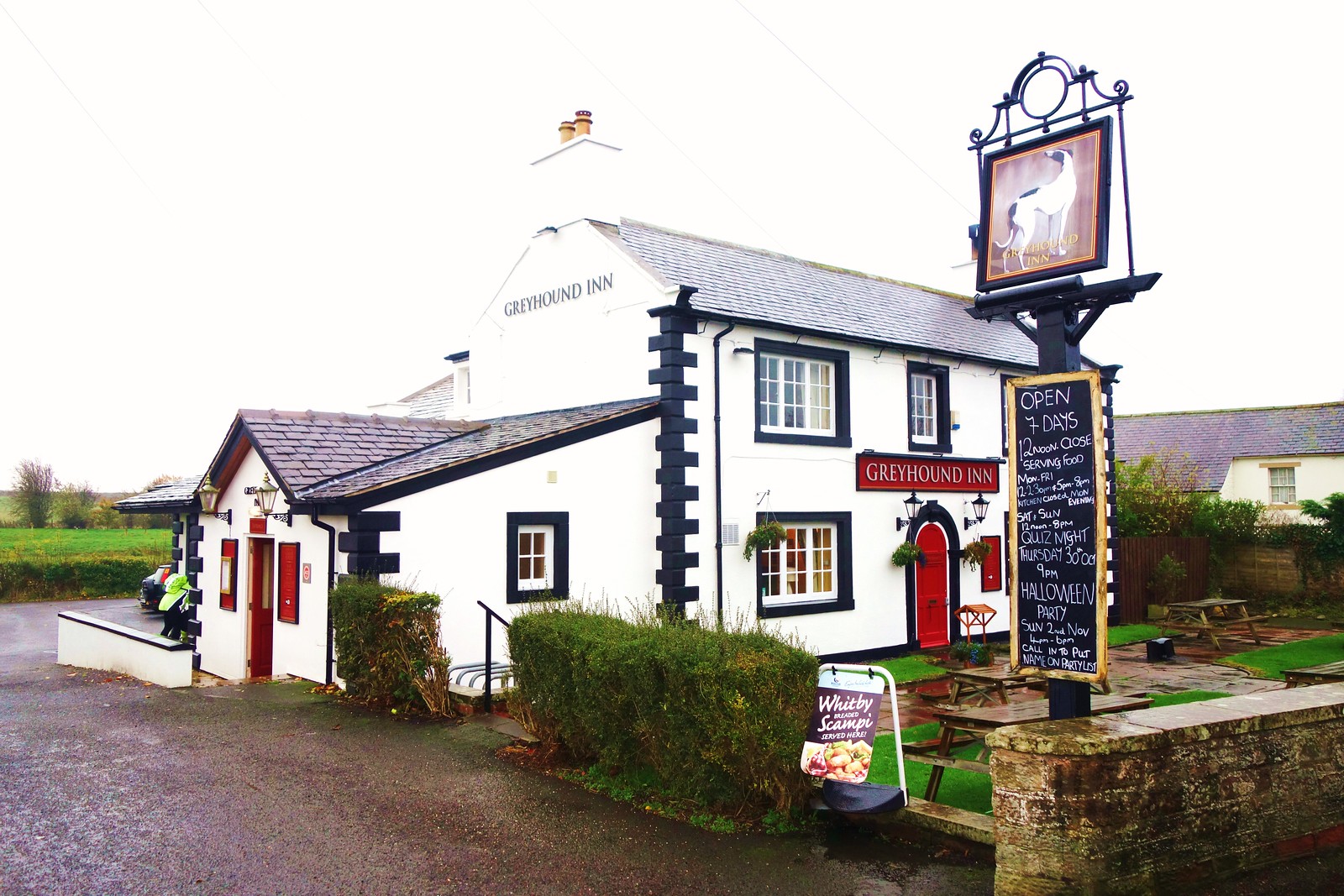Burgh-by-Sands
Today, I am reporting on the English village of Burgh-by-Sands (pop 1200). This is located on the southern side of the Anglo-Scottish border on the banks of the estuary known as the Solway Firth.
The nearest major town is Carlisle, some seven miles to the east.
Burgh-by-Sands is on the line of the Hadrian's Wall Path (hiking trail) and as such attracts considerable numbers of hikers and cyclists passing through.The local environment would also appeal to naturalists and photographers.
History buffs would find the ancient church of interest and the former Roman era fort which housed a contingent of soldiers from North Africa. Close by is a monument to King Edward I of England who died at Burgh-by-Sands during the Scottish Wars of Independence, on July 7th 1307.
Last year I spent a pleasant few days at nearby Bowness-on-Solway.
Solway Firth: Saltmarshes and mudflats
In the past my wife and myself undertook an approximately 8 mile walking tour using Burgh by Sands, as start and finish points. This entailed an interesting diversity of sites including:
- The local church which stands on the site of the Roman fort of Aballava and was constructed using stones salvaged from the Roman wall and fort.
- A path which followed the line of Hadrian’s Wall;
- The tidal, River Eden with its associated wildlife;
- A water meadow.
- Interesting village architecture including an example of a house built from clay (clay dabbin), using a procedure dating from the Viking era.
In the late afternoon, I paid a visit to the nearby Solway Firth which comprises extensive mudflats and salt marshes which provides very rich grazing pastures for sheep and cattle and is home to a wide variety of bird life. These mudflats and marshes have been designated a Special Area of Conservation.
St Michael’s Church.
St Michael’s Church (originally Catholic now Anglican) was built within the Roman fort on Hadrian’s Wall late in the 12th Century. It occupies the probable site of one of the central buildings in the fort – perhaps the grannary. Much of the stone used to build the Church came from the fort, or from the wall.
Elaborate entrance to St Michael’s ChurchChurch interior
Illustration of former Roman fort named AballlavaGreyhound Inn at Burgh-by-Sands
English farmyard at Beaumont
River Eden near Beaumont
Solway Firth View
Solway Firth: Grazing and bird life
Overall, a very successful day affording lots of photo opps. However, we did get utterly soaked during our morning walk due to persistent rain.









Comments
Post a Comment